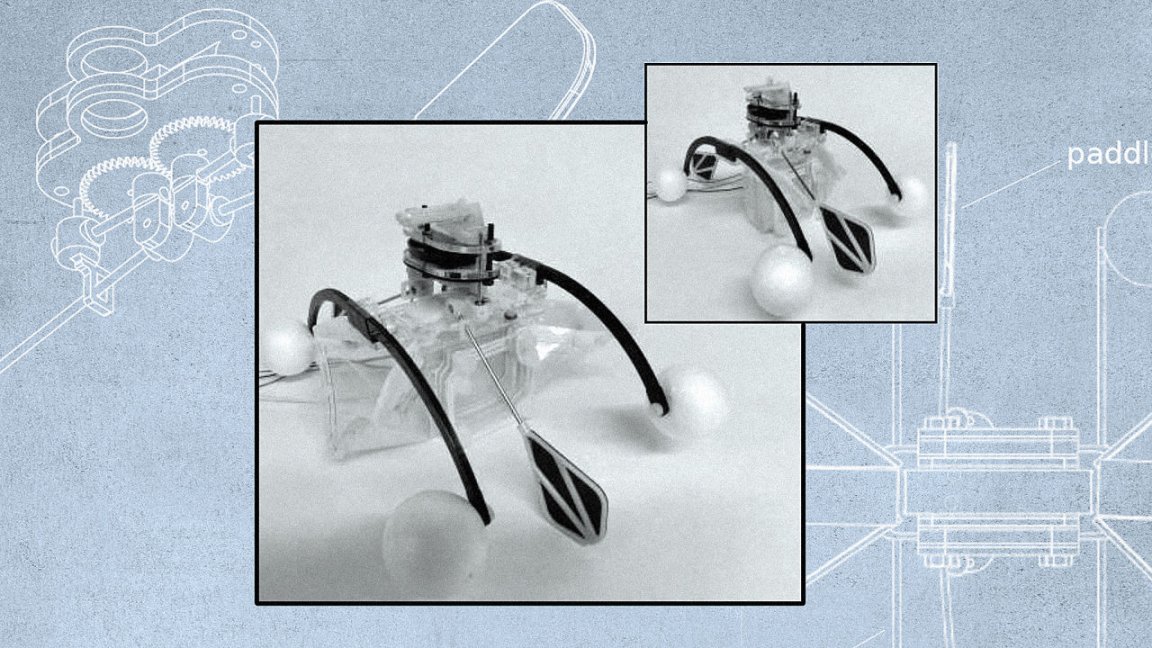
The Robot That Eats Pollution
It is no secret that we have a pollution problem. Garbage is filling up our landfills and toxins are polluting our waterways; however, now we have a new way to fight back. Meet Row-Bot (robot…row-bot, get it?).
Last month, scientists from Bristol University unveiled their design for the pollution eating robot in a paper titled “Row-bot: An Energetically Autonomous Artificial Water Boatman.” The design works thanks to bacteria.
Inside the tiny machine there is a “stomach” that is filled with a colony of bacteria. As the robot paddles over water, it funnels waste and pollution into the bacteria chamber to be decomposed. In the process, it produces power, meaning that it doesn’t need batteries in order to operate. As long as there is waste around, it can consume the waste in order to work, much in the same way that we consume food to get power.
It also does not require a human operator.
How it Works

The two primary components are the propulsion mechanism, which it obviously needs to maneuver in the water, and the microbial fuel cell (MFC) to power the paddle. As the bacteria metabolize organic matter, they produce carbon dioxide and water.
However, the team notes that, when you keep the bacteria separated from oxygen (a necessary component for producing water), they make carbon dioxide, protons, and electrons. The electrons can then be harvested and used for power. In the Row-bot, the electrons flow between an anode and a cathode, just like the electrons flow between terminals in battery acid.
The report explains, “The energy generated has been shown to exceed the energy required to refuel. It is the first practical robotic application to use a single MFC and as such demonstrates the potential of the technology as an energy supply….This work demonstrates a suitable system for robots operating autonomously for extended periods in the environment and presents many avenues for development.”